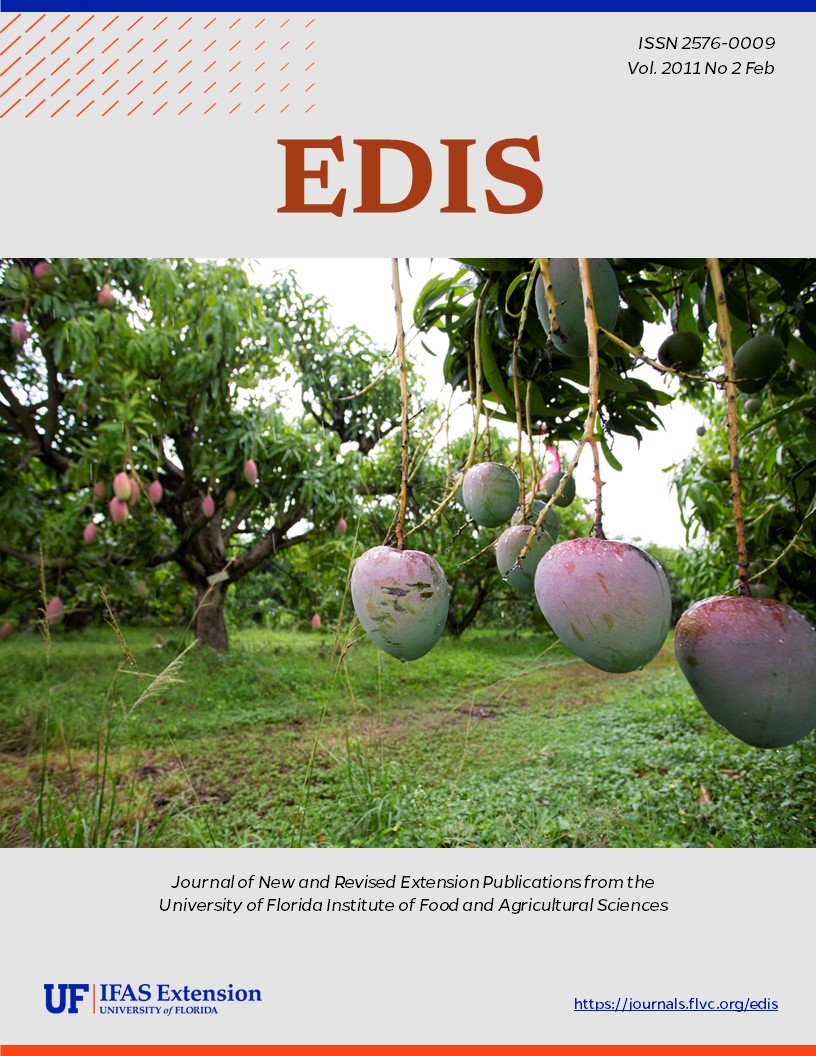Abstract
Reclaimed water is former wastewater from households, schools, offices, hospitals, and commercial and industrial facilities that has been disinfected and treated to remove certain impurities such as nutrients and pathogens. After flowing out of wastewater treatment plants, reclaimed water is piped back to communities for reuse in numerous domestic, industrial, and agricultural applications. Though reclaimed water cannot be used for drinking water in Florida, it is considered highly safe and reliable for non-potable water needs. This fact sheet is one of a series titled Reclaimed Water Use in the Landscape written by Gurpal S. Toor and Mary Lusk and published by the UF Department of Soil and Water Science, January 2011.
References
Ayers, R. S. and D. W. Westcot. 1994. Water Quality for Agriculture. FAO Irrigation and Drainage Paper 29, Rev. 1, Reprinted 1994. Food and Agricultural Organization, Rome, Italy.
Duncan, R.R., Carrow, R., and M. T. Huck. 2009. Turfgrass and Landscape Irrigation Water Quality: Assessment and Management. CRC Press, Boca Raton, FL.
Hanson, B., S. R. Grattan, and A. Fulton. 1999. Agricultural Salinity and Drainage. Div. of Agric. and Nat. Res. Publ. 3375. Univ. of California, Davis, CA.
Lauchli, A., and U. Luttge. 2002. Salinity: Environment-Plants-Molecules. Kluwer Academic Publ., Boston, MA.
Lesch, S.M., and D.L. Suarez. 2009. A short note on calculating the adjusted SAR index. Transactions of the ASABE. 52(2):493-496. https://doi.org/10.13031/2013.26842

